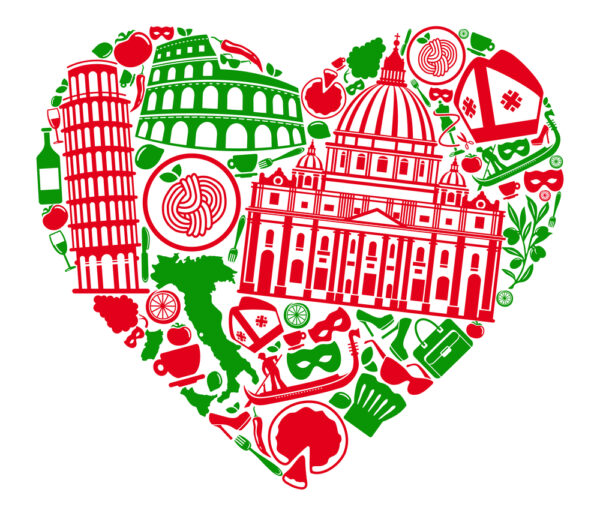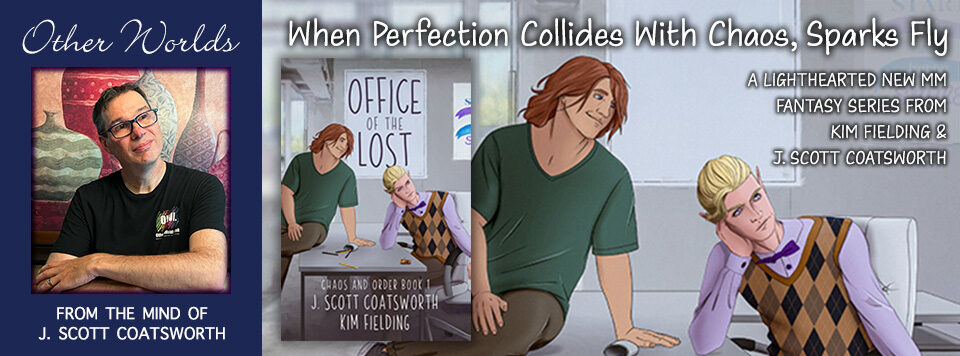
I’m not Italian.
Not even a little bit.
And yet I speak the language (almost fluently!) and love almost all things Italian (y’all can keep your Timpano). The food, the culture, the history and the people all fascinate me, and some of our best friends are actual Italians living in Italy, whom we talk to on Zoom on a weekly basis.
So how did I become (almost) Italian? And why?
Back in elementary school, I was fascinated by other cultures, especially Native American ones. I grew up in Tucson, in the heart of the southern Arizona desert, steeped in both Mexican and Native American culture. One of my favorite things at the County Fair was the “Indian Fry Bread” (I know, I know, but the use of the word Indian ran deep in the desert cities in those days). I’m guessing it wasn’t a traditional Native American treat, but hot out of the oil and topped with honey and powdered sugar – pure sticky fingered goodness.
But I digress.
I developed an affinity for the “white children captured by the Native Americans and raised as their own” subgenre of historical literature. I’m not sure what drew me to it… I think it was something about the thrill of growing up in a culture so completely different from my own. Even then, I knew that I was different from the other kids, though I didn’t have a name for it yet, and longed for another place where I might be accepted.
But soon enough I moved on from local historical culture to mythology. I read all kinds of myths, but the ones that fascinated me the most were the Roman ones. I loved looking at photos of the amazing ruins that populate the Italian countryside, with their white, fluted columns, and beguiling hilly landscapes littered with Italian cypress trees.
Flash forward to high school. In my junior year, I moved from Arizona to Southern California. I was a late transfer, and the school had a requirement that each student must take two years of a language, in order to graduate. They offered French, Spanish and Latin, but Latin was the only one that still had space available. So Latin it was.
We had a wonderful teacher, Ms. Zuccato. Looking back, I’m pretty sure she was a lesbian, but I was kinda clueless about such things back then. She was an amazing teacher, though, very much against the grain of “normal” teaching methods. She let us bring our notebooks into class to use on the tests, as long as everything in them was handwritten. I learned so much about the Italian culture and history over those next two years (and even a bit of Latin, which I have almost entirely forgotten), cementing my love of Italy.
In 2005, Mark and I decided to take a trip to Il Bel Paese (the beautiful country). To prepare ourselves, we took a five week traveler’s class – a crash course in the language where we learned how to ask exciting questions, like where the bathrooms were, for a table for two, and for ice in our drinks. When we arrived in Italy, it was a thrill being able to communicate with the Italians in their own language. I even helped translate between an American woman at the Vatican and a confused Italian gift shop worker.
Studying the language gave Mark and me a common cause, a chance to get out of the office and do something together that we both really enjoyed. A couple years later, while planning our next Italian sojourn, we decided to learn Italian for real, and enrolled in an Italiano Uno class.
Now, some fifteen years later, we’re proficient speakers – though I suspect only prolonged time in-county would make us truly fluent. We’ve made some good friends there, and teach a weekly class in Italian to a group of friends, some of which have been with us from that very first class.
Learning a foreign language opens you up. It forces you to learn about a culture that’s much different than your own, and it changes your relationship with your own language, making you look at it in new ways, relearning things you probably haven’t thought about since grade school. I had to relearn what gerunds, past participles, and subjunctives were, in order to apply them to my Italian studies.
Italian itself is fascinating in the ways it often distances the speaker from the actions (and responsibilities for them). In Italian, someone is never late. They are, instead, in ritardo, or “in a state of lateness,” as if it’s something they just stumbled into by accident.
They also have a delightful way of describing things. Toes aren’t, well, toes. They are called le dita del piede – literally “the fingers of the feet.”
My long-time readers and fans will recognize the influence of Italian in a number of my stories, particularly in The River City Chronicles, where two of the main characters are patterned after our Italian friends Marco and Fabry, and my short story Translation (available again in December in my new MM romance collection Love and Limitations), where an Italian-American character falls for his Italian boss.
Oh, and I shouldn’t leave out Gio from Flames and his over-the-top Italian mother, or the characters in “Rise,” my short story about the raising of Venice from its watery grave, eighty years from now.
Learning Italian has enriched both our lives and my fiction, and has given me a whole new perspective on the world.
And even if it will never actually make me Italian, sometimes, when the words are flowing out of me with little effort or forethought, I feel like I am.
To my writer friends, are you bilingual or multi-lingual? Why? How has speaking more than one language affected your writing, if at all?
